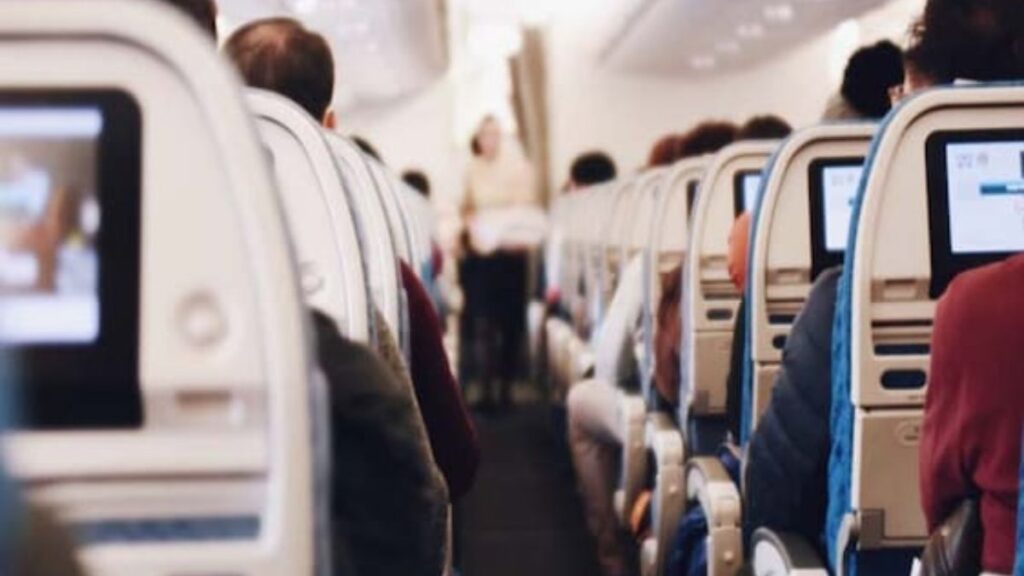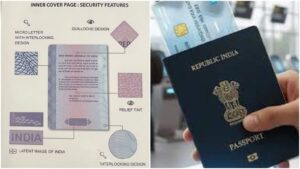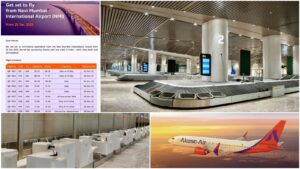Mid-Air Scare on Air India Express Flight as Passenger Tries to Open Cockpit Door

In a tense mid-air incident, a passenger on an Air India Express Bengaluru-Varanasi flight attempted to open the cockpit door, causing alarm among the crew and fellow travellers. The flight IX-1086 took off from Bengaluru shortly after 8 am on Monday. Sources confirmed that the passenger approached the cockpit door during the flight and even tried entering the security passcode.
Fortunately, the cockpit door remained secure. Modern aircraft doors are designed with multiple safety features, including a passcode system, and the captain can allow or deny access. The crew quickly intervened, ensuring the passenger returned to his seat without compromising safety. According to reports, the passenger claimed he was “looking for the toilet” and mistook the cockpit door for the lavatory.
The pilot immediately alerted Air Traffic Control, fearing a possible security threat. The passenger, identified as Mr. Mani, along with eight other passengers travelling in the same group, were handed over to the Central Industrial Security Force (CISF) on landing at Varanasi for further investigation. Air India Express confirmed that all safety and security protocols were followed and the incident is under investigation.
This comes a day after a separate Air India flight from London to Delhi faced delays when a passenger’s boarding pass was stamped, but the individual did not board the plane, highlighting ongoing operational challenges.
What About the Boarding Door?
Experts note that trying to open a plane door mid-flight is impossible due to the pressure difference between the cabin and the outside atmosphere. At cruising altitudes of 30,000–40,000 feet, cabin pressure is maintained at levels equivalent to 6,000–8,000 feet. This creates a force of thousands of pounds pushing the door outward, making it impossible for anyone to open it mid-air.
The incident reinforces the importance of robust safety measures on flights and the critical role of trained crew in maintaining passenger safety.








